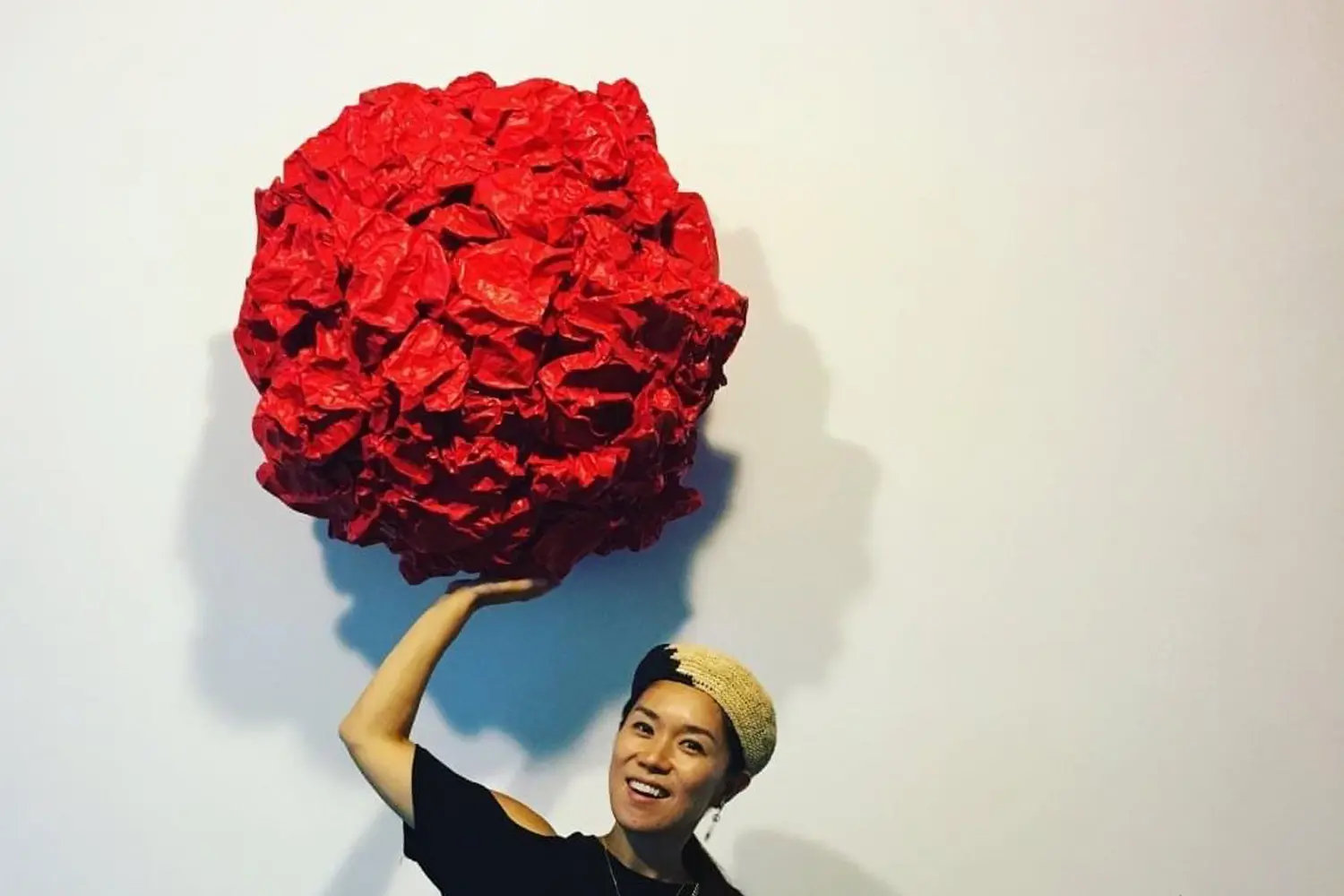Guantanamero y Santiaguero
For over a decade, Itomi Sakata has been drawn to Afro-Cuban culture, making regular pilgrimages to its vibrant epicenter. In this mix, she unveils the magnetic allure of Changüí, a musical style born in Guantánamo, the Cuban city famously home to the U.S. military base.
Though Santiago de Cuba, often called the “Capital of the Caribbean,” has long captured my heart, Guantánamo remained unexplored. But during the pandemic, as I began performing Changüí, I realized that the very elements I find electrifying in Latin music were distilled within this style. My focus shifted east, beyond Santiago.
In June 2024, I attended the biennial Changüí Festival, immersing myself in the vibrant rhythms at the Casa del Changüí (Changüí House). It was an exhilarating celebration of tradition and evolution, where elders and contemporary musicians paid grand homage to Changüí.
From scorching afternoons to humid, electrified nights that stretched until dawn, I witnessed the genre’s rich tapestry:
- The fiery rhythms of bongos, tres, marimbula, and güira,
- The masterful soneros (vocal improvisers) commanding every moment,
- Ensembles reacting with stunning precision to sudden cues,
- The explosive “bomba” segments borrowed from Cuban Salsa,
- And the performers’ dance moves that added another layer of spectacle.
It was a sensory overload that left me physically drained yet profoundly inspired. Later, I learned that Changüí originates from a word meaning “party”—fitting for such an intense, celebratory experience.
This mix, curated while the memories are still fresh, features both Changüí and the Son of Santiago de Cuba. It’s a tribute to the ferocious talent and warmth of the Changüí community.
Dive into the rhythms and enjoy this spirited journey!
Though Santiago de Cuba, often called the “Capital of the Caribbean,” has long captured my heart, Guantánamo remained unexplored. But during the pandemic, as I began performing Changüí, I realized that the very elements I find electrifying in Latin music were distilled within this style. My focus shifted east, beyond Santiago.
In June 2024, I attended the biennial Changüí Festival, immersing myself in the vibrant rhythms at the Casa del Changüí (Changüí House). It was an exhilarating celebration of tradition and evolution, where elders and contemporary musicians paid grand homage to Changüí.
From scorching afternoons to humid, electrified nights that stretched until dawn, I witnessed the genre’s rich tapestry:
- The fiery rhythms of bongos, tres, marimbula, and güira,
- The masterful soneros (vocal improvisers) commanding every moment,
- Ensembles reacting with stunning precision to sudden cues,
- The explosive “bomba” segments borrowed from Cuban Salsa,
- And the performers’ dance moves that added another layer of spectacle.
It was a sensory overload that left me physically drained yet profoundly inspired. Later, I learned that Changüí originates from a word meaning “party”—fitting for such an intense, celebratory experience.
This mix, curated while the memories are still fresh, features both Changüí and the Son of Santiago de Cuba. It’s a tribute to the ferocious talent and warmth of the Changüí community.
Dive into the rhythms and enjoy this spirited journey!
Play List
| No. | Title |
|---|---|
| Artist | |
| 1. | Hazlo Como Yo |
| Changüí de Guantánamo | |
| 2. | Nengón del Llano |
| Son Chévere | |
| 3. | La Loma del Chivo (Remasterizado) |
| Diógenes y Su Changüí Santiago | |
| 4. | Enamoraito |
| Septeto Sol y Son | |
| 5. | San Antonio |
| Grupo Estrellas Campesinas | |
| 6. | Donde Tocan los Soneros |
| Septeto Cañambú | |
| 7. | La Llevo al Megatón (Remasterizado) |
| Grupo Changüí | |
| 8. | Llorarás |
| Los Jubilados del Caribe | |
| 9. | Latamblé Tocando el Tres |
| Celso Fernández Rojas, “El Guajiro” and José Andrés Rodríguez Ramírez, “El Sinsonte” Backed by Grupo Changüí de Guantánamo | |
| 10. | Arrinconao |
| Sones de Oriente | |
| 11. | La Maxima Changüí |
| La Maxima 79 | |
| 12. | Un Solo Golpe |
| La Conga de Los Hoyos |
